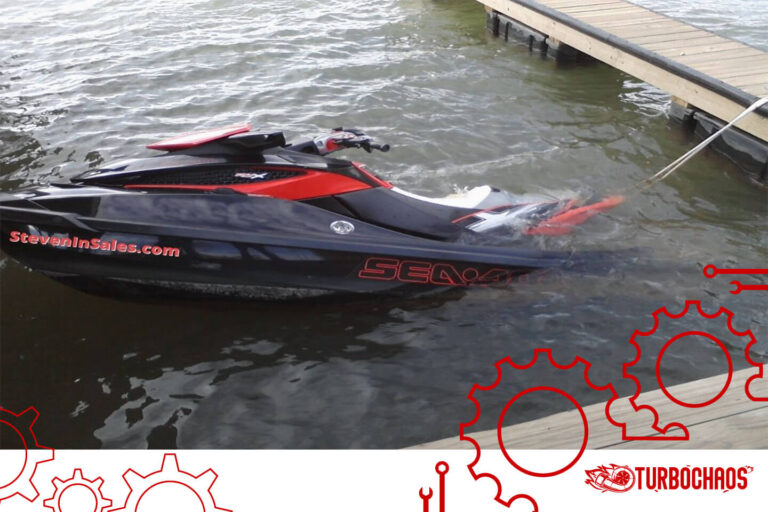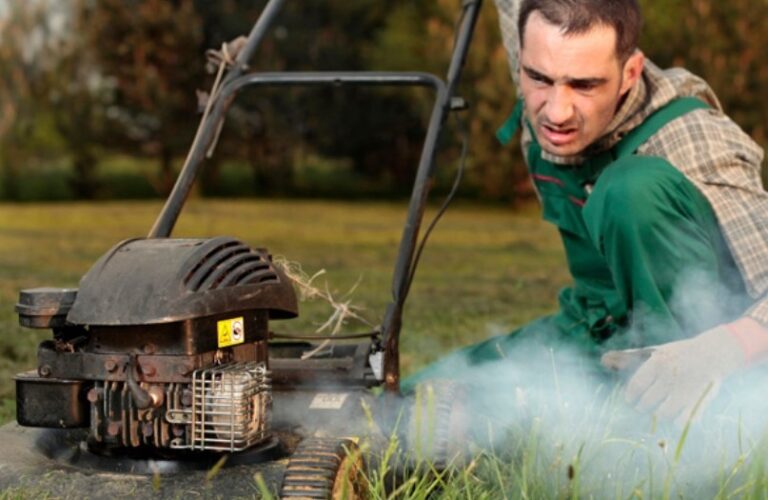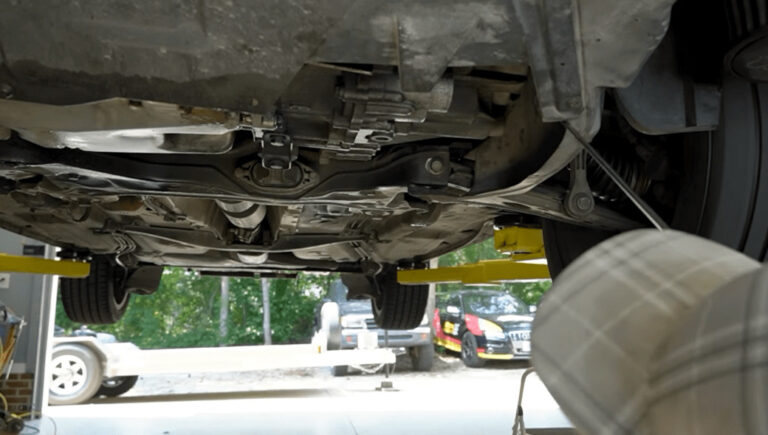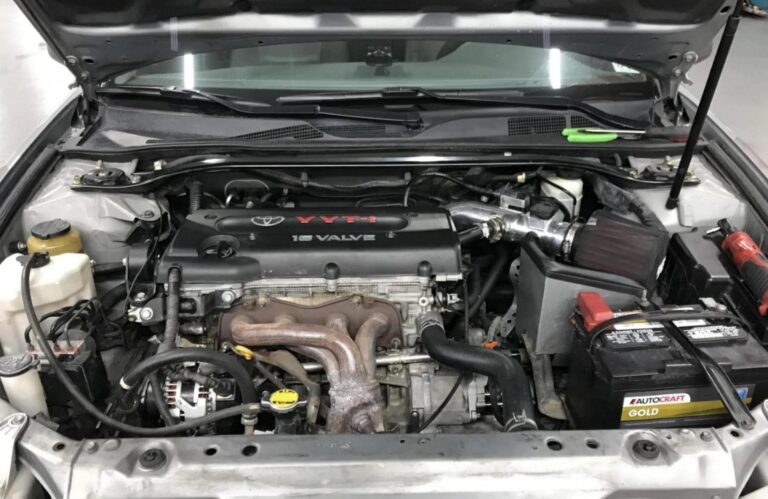How To De-Winterize A Seadoo Jet Ski? [11 Working Steps]
This is How To De-Winterize A Seadoo Jet Ski? You must perform Jet Ski de-winterization, a necessary maintenance process, each year after the off-season and before your first ride. Jet Ski de-winterization, also known as PWC Preseason Preparation, entails several crucial activities to guarantee that each component of your jet ski is secure and functioning effectively.

How To De-Winterize A Seadoo Jet Ski?
Let me demonstrate how I de-winterize a jet ski in preparation for the riding season.
Charge Your Battery
Now would be a good time if you still need to charge your Jet Ski battery. Jet Ski batteries are something I love and despise. At the beginning of the Jet Ski riding season, the battery will cause you the most trouble.
The night before I perform my de-winterizing, I always try to use a smart battery charger to charge the Jet Ski battery. The battery charger is unplugged the following day, and I prefer to test it with a load tester before installing it in the Jet Ski.
When I put in batteries that claimed to have charged or looked fine, they were dead. So I test the battery before putting it in the Jet Ski to avoid doing the same thing twice.
Change Spark Plugs
Once a year, I enjoy replacing the spark plugs in my jet skis. Use the spark plugs that your manufacturer suggests.
Get ordinary spark plugs; the owner’s manual recommends these rather than the expensive ones, which I’ve found inferior. The plugs the manufacturers recommend are already pre-gapped, so there’s no need to fiddle with them.
The old plugs may foul during the Jet Ski’s winterization operation. Additionally, it’s easy and affordable to change the spark plugs in your jet ski.
You can prevent spark plug problems in the future by changing the spark plugs once a year. I usually change the spark plugs more frequently on jet skis because they endure far more wear than a car’s engine.
Add Fresh Gas
A contentious issue is how much gas should be kept in a boat or Jet Ski over the winter. Because I can fill the tank with premium gas when the season begins, I store the vehicle with the appropriate amount of fuel stabilizer and close to empty (two bars or less) gasoline levels.
The gas could deteriorate or draw in water over the cold. Gas attracts water more strongly the more of it there is.
To help balance things out, I keep my fuel level low and add premium petrol on the first fill-up of the season.
It would seem wasteful to suck out the gas if I had a full tank and it went bad. Also, I wouldn’t say I like having a gas tank full of fuel outside my house all winter.
Everyone has a different viewpoint, but I do this, and it is effective for me.
I normally run ordinary or whatever the manufacturer advises for my non-supercharged jet skis. But even though the manufacturer says you can get away with normal supercharged jet skis, I always run premium. High-performance Jet Ski engines work better with premium fuel for supercharged versions.
Replace The Oil And Filter In The Engine
Now might be a good time to change the oil if you didn’t do it during the winterization. Only after the midst of the riding season will cause dealerships to fall weeks behind and cause components to become scarce.
It’s also a matter of preference whether the oil changes before riding season or during winterization. Since parts and labor are frequently less expensive in the winter, I usually do it during winterization.
I like to have brand-new oil in the Jet Ski while idle rather than old oil that has deteriorated and turned acidic.
However, changing your oil is a good idea; many people prefer it now because you start the season with new oil.
Either way, it really doesn’t matter; just make sure you replace the spark plugs and at the very least the oil and oil filter in your jet ski once a year.
Examine Drain Plugs
One of your jet ski’s more important parts many owners frequently overlook is the drain plugs. It would help to inspect your drain plugs before the riding season and even before submerging them in water.
You need to purchase a replacement drain plug (or O-ring) if the drain plugs are damaged, the O-ring is missing, or both. Regularly inspect them since a damaged drain plug, or its o-ring can cause your jet ski to sink.
Verify The Sacrificial Anode
The sacrificial anode is another thing to look at when inspecting the drain plugs. A sacrificial anode is a metal object that frequently resembles a little metal doughnut with a bolt running through it.
It’s close to your pump and nozzle at the back of your jet ski.
The sacrificial anode’s job is to corrode your jet ski’s metal components faster than the other metal components.
Without that sacrificial anode, the exposed metal of your pump will begin to rust considerably more quickly, resulting in improper operation of the steering or reverse.
It sacrifices itself to keep your jet ski safe. Inspect the sacrificial anode for damage and replace it if necessary.
Verify The Coolant
Since Sea-Doos has a closed-loop cooling system, this only applies to them, but be careful to check your coolant levels.
Look in the overflow tank to find out how much coolant you have. On the tank, there will be a high and a low bar; you want to be between them.
Depending on the year of your Sea-Doo, you have different types of coolants; one is green, and the other is orange/pink. Never combine the two; add the green coolant if you have it.
Ask your dealer if you need clarification on the type of coolant you have. When these two coolants are combined, a gel can form that clogs the cooling system and causes a major mess that must be cleaned up.
Examine Your Trailer
Remember to inspect your Jet Ski trailer as well. Make sure your tires are properly inflated, and lubricate the bearings. Ideally, it would help if you lubricated your trailer bearings once a year or after a certain number of kilometers, as directed by the trailer’s manufacturer.
Here is a fantastic video demonstrating how to lubricate a trailer’s bearings.
Remember to look for any damage to the trailer and the lights on the trailer. Any straps that have ripped or been too faded from the sun should be replaced.
I’ve had a few front bow straps snap on me while driving, so be mindful of that one.
Even worse, I witnessed a few men’s front bow straps break; the Jet Ski ended up on the road without back straps. I’m extremely strict with rear straps because of this.
There is no doubt that replacing straps will be less expensive than repairing fiberglass; therefore, if your straps are more than three years old, broken, or noticeably sun-damaged, you should replace them.
Wash Your Jet Ski
I like to thoroughly wash the Jet Ski before getting in the water. Car soap will also work, but marine soap works best.
Since the Jet Ski is getting ready for the season and will spend more time in the sun, I prefer to spray the seat with a vinyl protectant.
The seats are composed of vinyl, which tends to break or produce unsightly black spots that resemble mould if it becomes dry or sun-damaged. It does help to protect the seats from spraying vinyl protectors whenever I can remember.
Look For Leaks
I like to reverse the Jet Ski into the water while it’s still hitched to the trailer and vehicle, then start the motor. Ensure that the drain plugs are also in. I don’t fully back it is enough for the pump to start sucking up water because I want to check if it takes on water. I keep both front and rear straps fastened.
Be careful not to do this near any sand or rocks. It’s not acceptable to test jet skis on beaches. I turn off the seat and let it idle to see if it absorbs water.
Let the engine idle for a minute without revving it, then check to see whether it absorbs any water. Maintain straight handlebars as well.
If there are any more issues, this leak test will also reveal them. For instance, it will be worse if you try to launch the Jet Ski entirely if it won’t start and idles with only half submerged.
I prefer doing it this way because I’m already in the water, and if it passes my test, it won’t take much to prepare for a genuine ride.
You can even use your home’s garden hose to power it if that makes you feel more at ease. Just place to start the engine before turning on the hose and stop it before turning off the engine.
Test The Water
After passing the leak test, the Jet Ski should then be taken out on the water for a spin. If everything appears to be in order after the first five minutes of your ride, continue riding normally.
The Jet Ski is considered de-winterized once it is started in the water. Because of this, you must winterize it once again once it has been passed through the water.
Conclusion
Hopefully, you learned How To De-Winterize A Seadoo Jet Ski? Winterizing your watercraft is essential for your Sea-Doo to operate to its full potential each season.
Wherever you keep your Sea-Doo, failure to carry out the required preventative maintenance for long-term storage might have expensive repercussions.
If necessary precautions are not taken, clogged fuel systems, battery failure, and damage to essential internal parts are just a few of the things that can go wrong.
Full winterization is needed if you reside in an area where the temperature dips below freezing.
With a few straightforward tools, most people can complete the following winterization tasks from the convenience of their garage.
However, feel free to call your nearby authorized Sea-Doo dealer for guidance or support if you have any problems or feel uneasy carrying out any of the following tasks.
Even if you consider yourself the neighborhood handyman or handywoman, the best way to stay informed on your watercraft’s most recent techniques, products, and technical upgrades is to speak with your Sea-Doo dealer.
Frequently Asked Questions
What happens if a jet ski isn’t winterized?
If you don’t, the water in the intercooler, exhaust, and engine can expand and shatter the metal housing, resulting in various difficulties and damage. Even in milder climates, crucial “winterization” activities must be taken to preserve the life of your watercraft.
Should I flush my jet ski after using fresh water?
Flushing is advised to remove sand and algae from the cooling system and pump, even after using fresh water. Have the hose plug into the Jet Ski and level your ski again.
Does Seadoos require winterization?
Contrary to common opinion, each Sea-Doo requires winterization before the off-season. Although Sea-Doos’ Rotax engines aren’t cooled by external water, raw water is still used to cool the exhaust and intercoolers. Because of this, it’s crucial to antifreeze your Sea-Doo before the winter.
Can a jet ski be winterized on your own?
Winterizing your jet ski correctly will help ensure that next summer is just as fun as this past one. Otherwise, your jet ski can suffer damage or stop working. Draining, cleaning, filling with gas, lubricating, and properly storing your jet ski can help it prepare for the winter.

Welcome to the exhilarating world of Matt Rex, a professional car racer turned renowned vehicle enthusiast. Immerse yourself in his captivating blog as he shares heart-pounding adventures, expert reviews, and valuable insights on cars, trucks, jets, and more. Fuel your passion for speed and discover the beauty of vehicles through Matt’s engaging stories and meticulous expertise. Join the ever-growing community of enthusiasts who find inspiration and expert advice in Matt Rex’s blog—a digital hub where the thrill of speed meets the pursuit of knowledge.




![Do You Bleed ABS Brakes With Engine Running? [Answered]](https://www.turbochaos.com/wp-content/uploads/2023/09/Do-You-Bleed-ABS-Brakes-With-Engine-Running.jpg)


